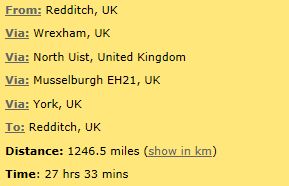Little Bunting - look closely
Little Bunting
Twitch hot spot
Great Barford
Brave swimmers on the Ouse
Wigeon
Red-crested Pochard
Red-crested Pochard
Red-crested Pochard
Summer Leys NR
With very little movement of birds I opted to headed south east on Sunday to the village of Great Barford to try and add to my life list with a Little Bunting. Reports from Saturday on social media looked encouraging so I set out early and was pleased to find there was very little traffic on the roads. A road diversion cost me ten minutes at the end of the journey but I was quickly parked up by the church. Fully prepared with a flask & sandwiches expecting a steak-out I headed along the picturesque river patch to a patch of crop where seed was being put down for winter birds. Four birders on the scene reported early good views so I rubbed my hands in anticipations. There were up to around 50 birds containing Chaffinches, Goldfinches, Reed Buntings, Robins, two Red-legged Partridges and a single Brambling all feeding well and on occasions all diving for cover when any possible predator was picked up.
I was a little surprised when a fellow birder picked up the smart Little Bunting sat up fairly high allowing great views. As I worked through my own ID checklist the bird took off and didn’t return for about twenty minutes when this time it was feeding among the flock. Getting any sort of record shot was difficult and the scope views were very good indeed. The bird is a Iong way from it’s breeding grounds in the coniferous forests of the Taiga headed back down the river very pleased only to pass some brave individuals swimming in the river……brrrrrr.
Having time on my side I headed a different way home stopping at Summer Leys Nature Reserve where two drake Red-Crested Pochards were the local attraction. They are not a species I see very often so I spent some time watching them closely feeding on the weed below the water. The local Mute Swans occasionally pushed them further away from the bank when they manoeuvred themselves back to the area they were feeding after a short period. Other species recorded were a Great White Egret, 3 Little Egret, Wigeon, Cetis Warbler (my first of year) and two Red Kites which were hunting over the meadows.
A good morning jolly out and back early afternoon ready for the League Cup Final in which the Saints sadly got beat 3-2 despite being the better team over ninety minutes.
























































